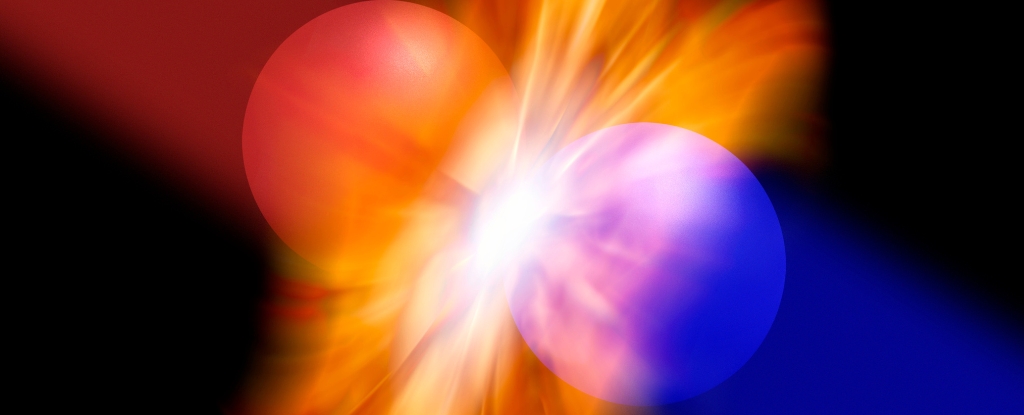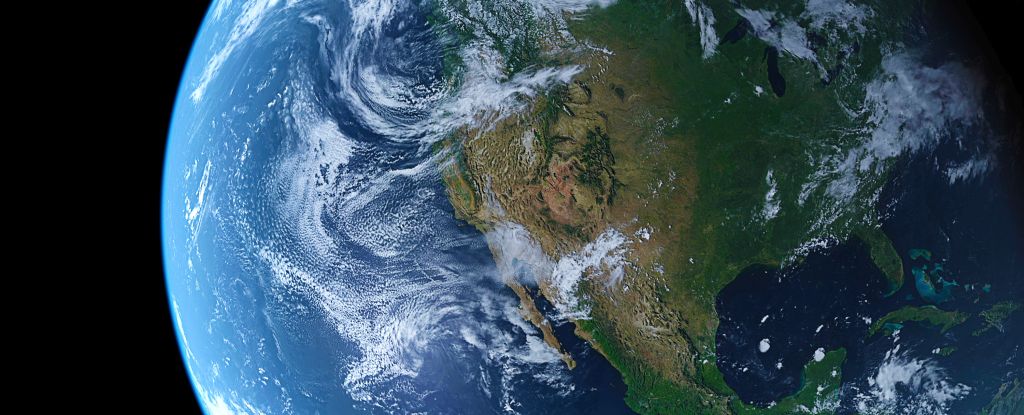NASA researchers have identified a black hole within galaxy NGC 5084 that appears to be rotating at an unexpected angle relative to the surrounding galaxy, according to recent reports. This intriguing revelation was achieved by re-analysing legacy data from NASA‘s Chandra X-ray Observatory with innovative techniques. The analysis revealed an unusual structure of four plumes of plasma, forming an X-shaped pattern, emanating from the galaxy’s core. These findings challenge existing assumptions about black hole orientations in galaxies.
Unexpected Structure and Orientation
Sources indicate that the X-ray data from Chandra uncovered two pairs of plasma plumes. While one pair aligns perpendicularly above and below the galaxy’s plane, the other lies within the plane, creating a distinctive cross-like configuration. Such phenomena are rarely observed and suggest significant disruptions in the galaxy’s past.
Further investigation using archived observations from the Hubble Space Telescope and ALMA in Chile revealed the presence of a small dusty disk at the galaxy’s centre. This inner disk, aligned at a 90-degree angle to the galaxy’s overall rotation, confirmed the presence of a supermassive black hole lying “sideways.”
Insights from Multi-Wavelength Analysis
According to the study published in The Astrophysical Journal, the research utilised a new method named Selective Amplification of Ultra Noisy Astronomical Signal (SAUNAS). This approach allowed astronomers to detect faint X-ray emissions and re-examine archival data. Lead scientist Dr Alejandro Serrano Borlaff explained that combining observations across the electromagnetic spectrum, including radio and visible light, highlighted significant changes in NGC 5084’s recent history.
Co-author Pamela Marcum, an astrophysicist at NASA Ames Research Center, highlighted the importance of the cross-shaped plume structure and the tipped disk, describing them as providing rare insights into the galaxy’s evolution in a an official press release by NASA. Researchers suggest the unusual configuration may have resulted from past events, such as a galactic collision or the expulsion of superheated gas.
Future studies will focus on understanding the series of events that led to this black hole’s unique orientation and associated structures.





